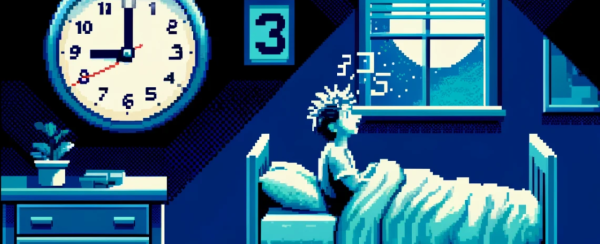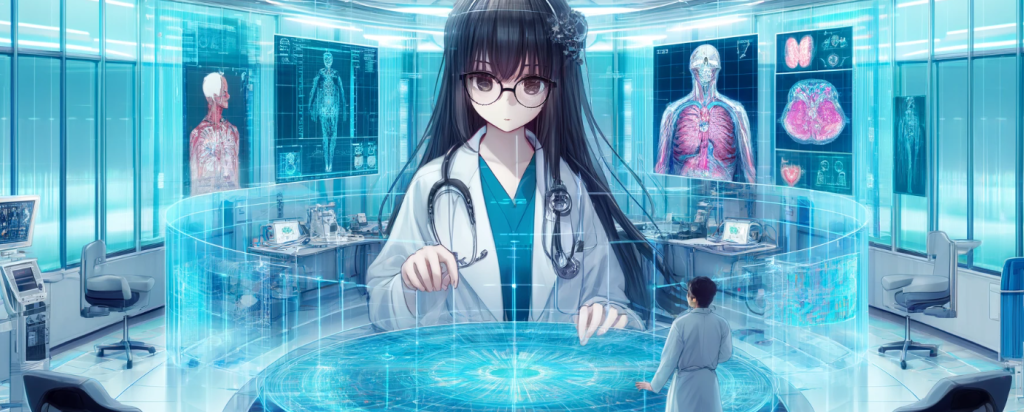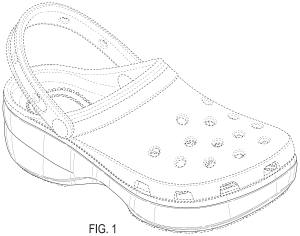by Dennis Crouch
I was rereading the Supreme Court's recent enablement decision of Amgen Inc. v. Sanofi, 598 U.S. 594 (2023) and was struck by the Supreme Court's statement that its 19th Century decision of Wood v. Underhill, 46 U.S. 1 (1847) "establish[ed] that a specification may call for a reasonable amount of experimentation to make and use a patented invention." This statement from Amgen is surprising because Chief Justice Taney's decision in Wood includes a seemingly contrary statement that bars any experimentation
To continue reading, become a Patently-O member. Already a member? Simply log in to access the full post.








